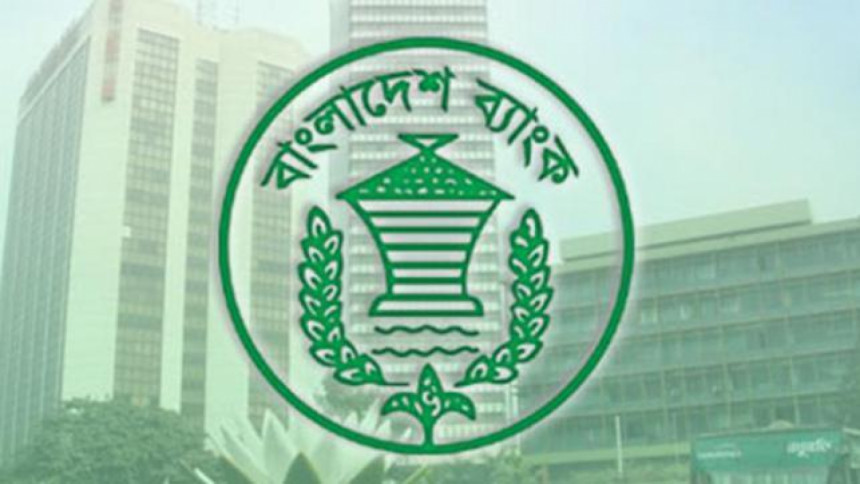The injection of the US dollar into the market by Bangladesh Bank has surpassed $4 billion so far in the current fiscal year, creating further pressure on the country’s foreign exchange reserves that are now depleting fast.
Bangladesh Bank supplied dollars to the market to the tune of $4.15 billion between July 1 and October 13 in order to help lenders clear import bills.
The central bank injected a record $7.62 billion in the last fiscal year with a view to keeping the exchange rate stable.
High import payments are the main reason for the depletion of forex reserves, which stood at $36.3 billion as of October 12 in contrast to $36.5 billion on September 29 earlier this year.
The reserves amounted to $46.2 billion in September last year, data from Bangladesh Bank shows.
“The fact that dollars are being sold by Bangladesh Bank means that demand for the greenback is still higher than the supply,” said Ahsan H Mansur, executive director of the Policy Research Institute of Bangladesh.
The value of taka already saw a sharp decline after the central bank had allowed banks to set the exchange rate of the local currency against the US dollar, he added.
The exchange rate of the taka stood at Tk 105.66 per dollar on October 12, down 23.43 per cent from a year ago.
The depreciation of the local currency has already reduced the opening of letters of credit (LCs), which will have a positive impact in curbing the depletion of foreign exchange reserves.
However, the settlement of LCs has yet to see any positive output from the depreciation as those which are being settled now were opened three to four months earlier.
The number of LCs opened amounted to $12.4 billion in the first two months of the ongoing fiscal year in contrast to $12.3 billion in fiscal 2021-22. However, the settlement of LCs has increased to $15.3 billion, up 42.3 per cent from a year earlier.
Mansur says that remittance and export earnings did not give any positive sign in September, creating a worry for the macroeconomy.
He suggested the central bank follow the three indicators – export, import and remittance – each day in order to keep the reserves stable.
“If remittance and export earnings decrease further, the central bank should give efforts to squeeze imports payments more,” he said.
Mansur also recommended the government manage budgetary and balance of payment support from the International Monetary Fund in the quickest possible time so as to defuse the ongoing volatility.
Mansur, also a former IMF official, prescribed the central bank follow a uniform exchange rate instead of the existing multiple fixed rates between the taka and US dollar in order to restore discipline in the foreign exchange market.
Monzur Hossain, research director of the Bangladesh Institute of Development Studies, said the existing amount of reserves is good but its speedy depletion is creating trouble for the economy.
The central bank is now supplying dollar to banks, mostly state-run lenders, at a lower rate than its current market price so that state-run corporations such as the Bangladesh Petroleum Corporation can import essential commodities at a cheap rate.
As such, the central bank is now injecting each greenback quoting Tk 97 from banks that open LCs for state-run corporation.
Hossain reckons that Bangladesh Bank should follow the market rate while injecting dollars into banks as the facilities enjoyed by the government should be same for the private sector as well.
Banks now pay a maximum of Tk 107.5 to buy dollars coming in through foreign exchange houses in the form of remittance while they pay up to Tk 99 to purchase dollars from exporters.
Importers are now buying the greenback based on the weighted average exchange rate, meaning the average of the rates at which banks purchase dollars from exporters and remittance from foreign exchange houses, plus Tk 1.
Hossain says the central bank should stop intervening in the market by following a uniform exchange rate, which the country had been following for years.


